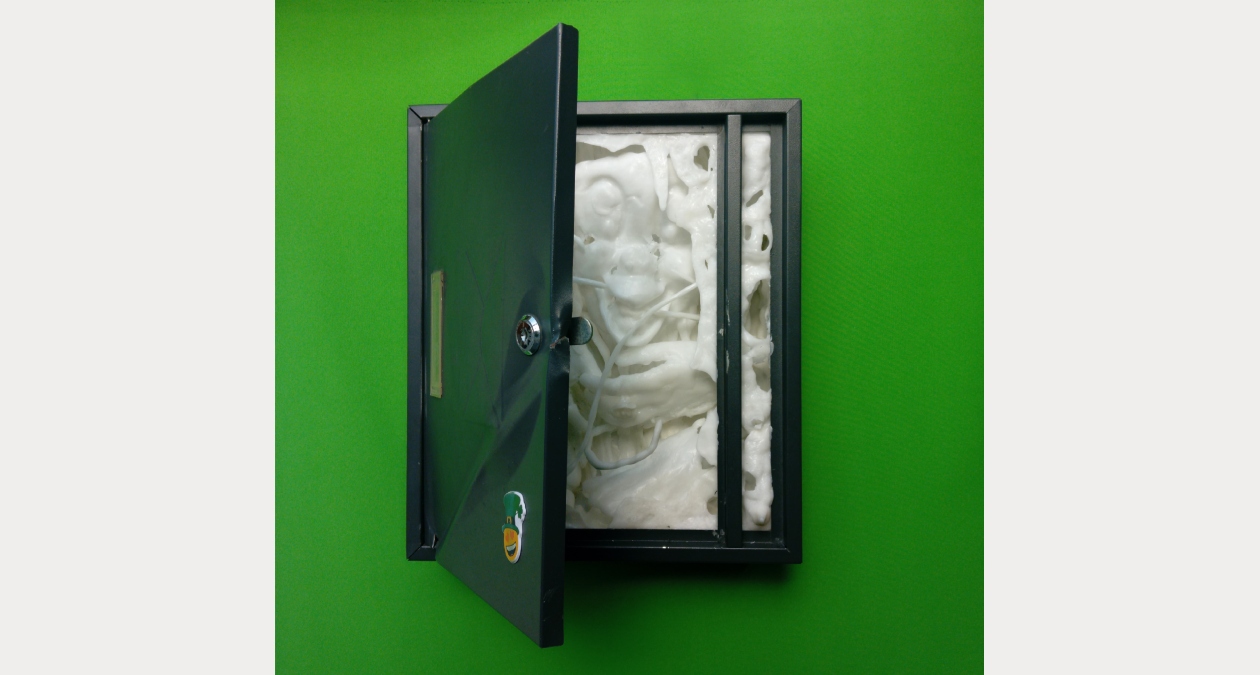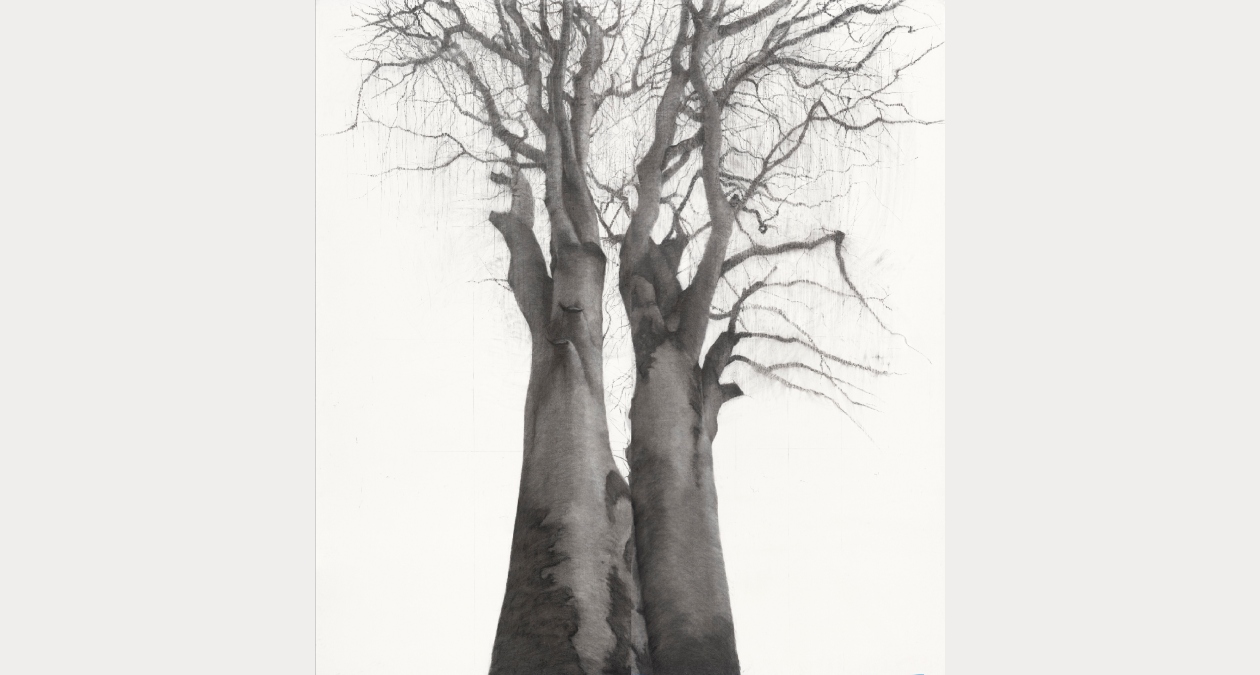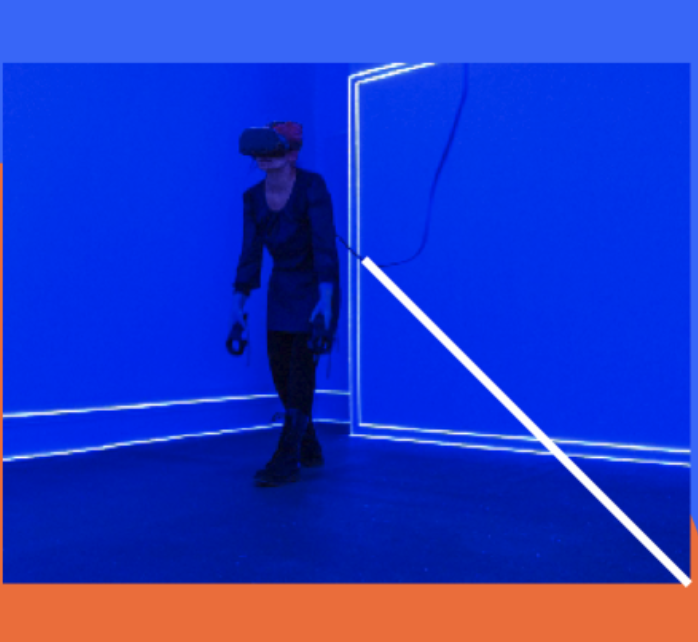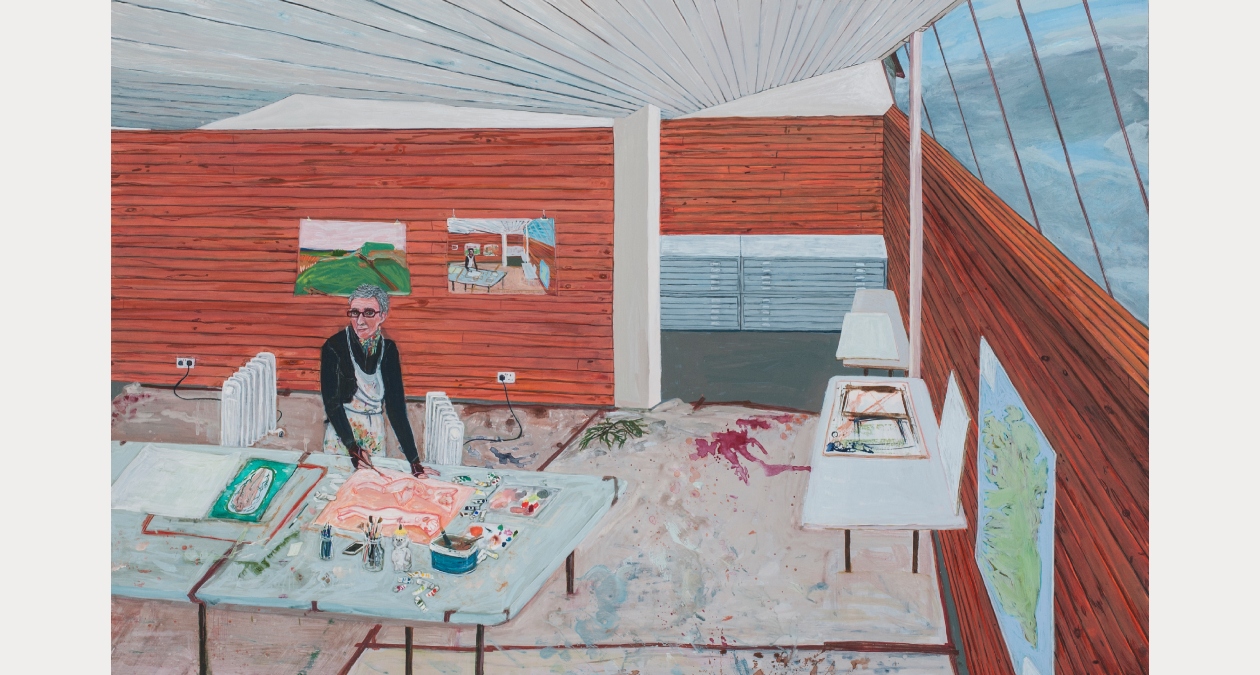The liminal, the transitional, this other territory is often given voice in science fiction, for example the ‘Zone’ in Tarkovsky’s film, Stalker, 1979. With this film in mind it’s easy to start seeing the hinterlands of Dublin, those large swathes of land we pass through without much regard, as an untranslated landscape waiting to be read. By and large, these areas are not meant to be seen (never mind mapped), except perhaps as a blur from a car window, or as a backdrop to visiting a mall on a shopping trip. Hinterlands are part of the gravitational field of all our larger urban areas; a transitional space where we build up speed to escape, as we hurry off to the countryside; the distant wilderness.
These places are complex landscapes; debatable zones, which can act as warnings of a wrong turn on a road as economic and social tides come in and out. If parts of remote rural Ireland feel timeless, then these places feel anything but that. This ‘in-between’ found in these places can also be found in the sculptures I am working on, extending even beyond being between an object and idea, assemblage and the readymade but more towards a state of transcendence. Always on the verge of entropic collapse or jubilant transformation the objects and materials used in recent work, like life, are in a constant state of flux – all be it, one which is marked by a pronounced sense of growth and possibility. From Styrofoam to plasterboard, from plywood to foam, these items point to a shared culture (rather then a unique national identity) giving alternative insights into our contemporary society. The sculptures are composed of both handmade and consumer goods and speak to a state of inbetweenness – one which does not embrace homogeneity and recognises the need to consider contradictions, as Beckett put it, this work demands “to find form that (can) accommodate the mess, that is the task of the artist now”.
While the work constantly makes reference to the outside world, the imagination we bring to everyday objects and common materials is also considered. This place for contemplation and transformation is further framed by the scale of the large drawing for the floor of Gallery I, at the RHA. Over the last number of years, I have been making a body of drawings using markers, which run out during the making of the image. The drawings are built up using short strokes running in horizontal lines, which gradually begin to curve as I work up the page. Partly out of a desire to stop making drawings of buildings these new images give a sense of a large architectural space, further emphasised by their size. The sheer scale of this image would not just compete with the space but would transform the gallery, mapping it in two sheets of paper – A Place Between.
Casting Styrofoam packaging in aluminium, previous work was assembled to suggest fragmented architectural structures, the remains of a destroyed site perhaps, or the early stages of an incomplete project. The current use of materials instils a muted, raw, and awkward presence, calling to mind the aspirations of Brutalist architecture – with its explicit use of inexpensive poured concrete to create housing and public spaces – and ancient architectural ruins. Pieces such as Beneath the Underpass play with objects in transition and through the use of familiar ‘found’ items (Styrofoam cast in aluminium), referencing ruins and buildings, an inventive and empathetic perspective is given on such matters as our current position – how to rebuild.
Brendan Early, 2011.
This exhibition is supported by the Arts Council’s Project Grant.
Brendan Earley, A Million Years Later, 2011, Bronze, 100 x 30 x 24 cm, Image courtesy of the artist and mother’s tankstation, Dublin.
A Place Between
Brendan Earley
-
Date:
15 Mar, 2012 - 29 Apr, 2012 -
Time:
Monday – Sunday: 11:00 – 17:00 Wednesday Late Opening: 11.00 – 20.00 -
Price:
Free -
Info:
Visitor Safety
We look forward to welcoming you at the RHA.
In line with Covid-19 safety protocols, visitors will be asked to wear a mask.Opening Times
Gallery Hours:
Closed Mon
Tues – Sat: 11 – 17
Sun: 12 – 17
Wed Late Opening: 11 – 19Office Hours:
Mon – Fri: 10 – 17Admission Always Free. Donations Always Welcome.
Getting Here
15 Ely Place, Dublin 2, D02 A213
Tel: +353 (0)1 661 2558
Email: info@rhagallery.ieThe Royal Hibernian Academy is located in the city centre of Dublin, adjacent to the National Gallery of Ireland and National Museum of Ireland and within close proximity to a wide variety of public transport services, such as Dublin Bus (Routes: 39A, 46A and 145) and Dart (Pearse Dart Station).
Access
There is plenty of parking available in the neighbourhood and the RHA is fully wheelchair accessible.
Cafe
Margadh RHA is a speciality food and wine outlet from the people behind Margadh Howth, Mamó Restaurant, Elm Epicurean and Barrow Market. The wine bar serves morning fare, lunch, hampers and gifts.
Mon – Sat: 11 – 17
Tues – Sat: 9 – 15
Sun: 12 – 17



